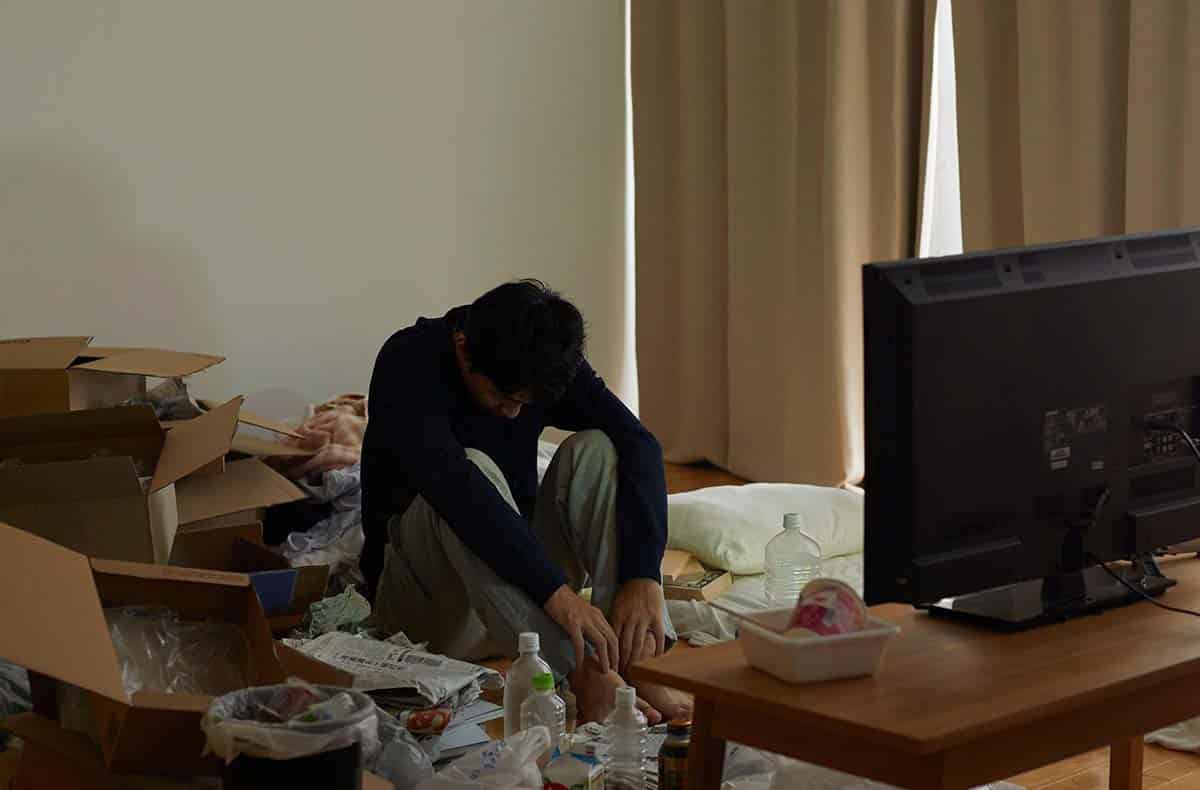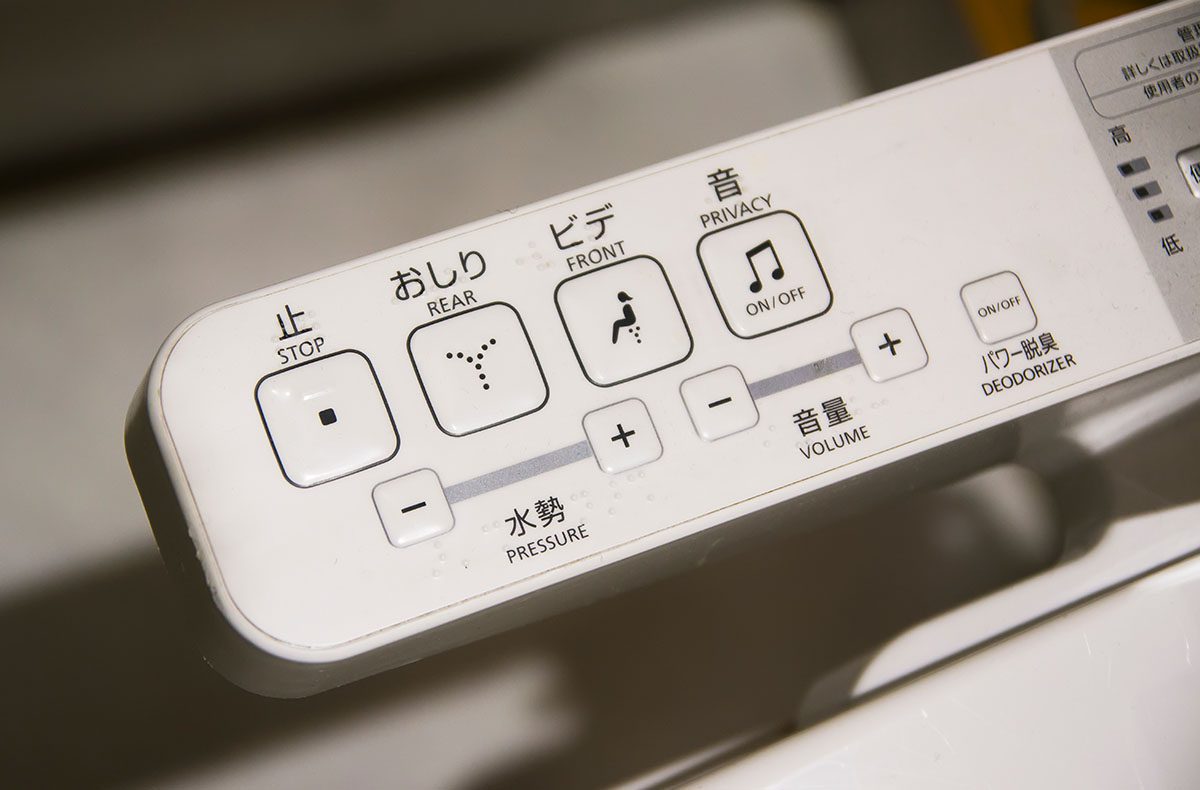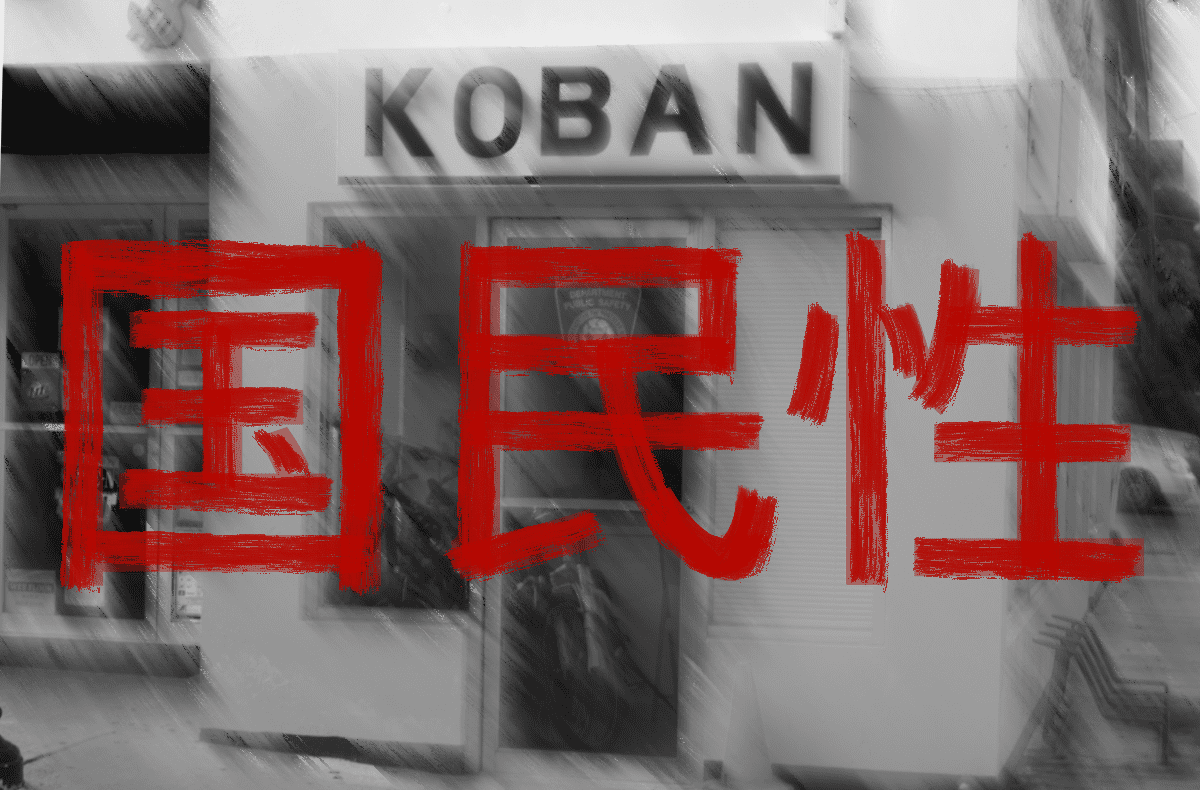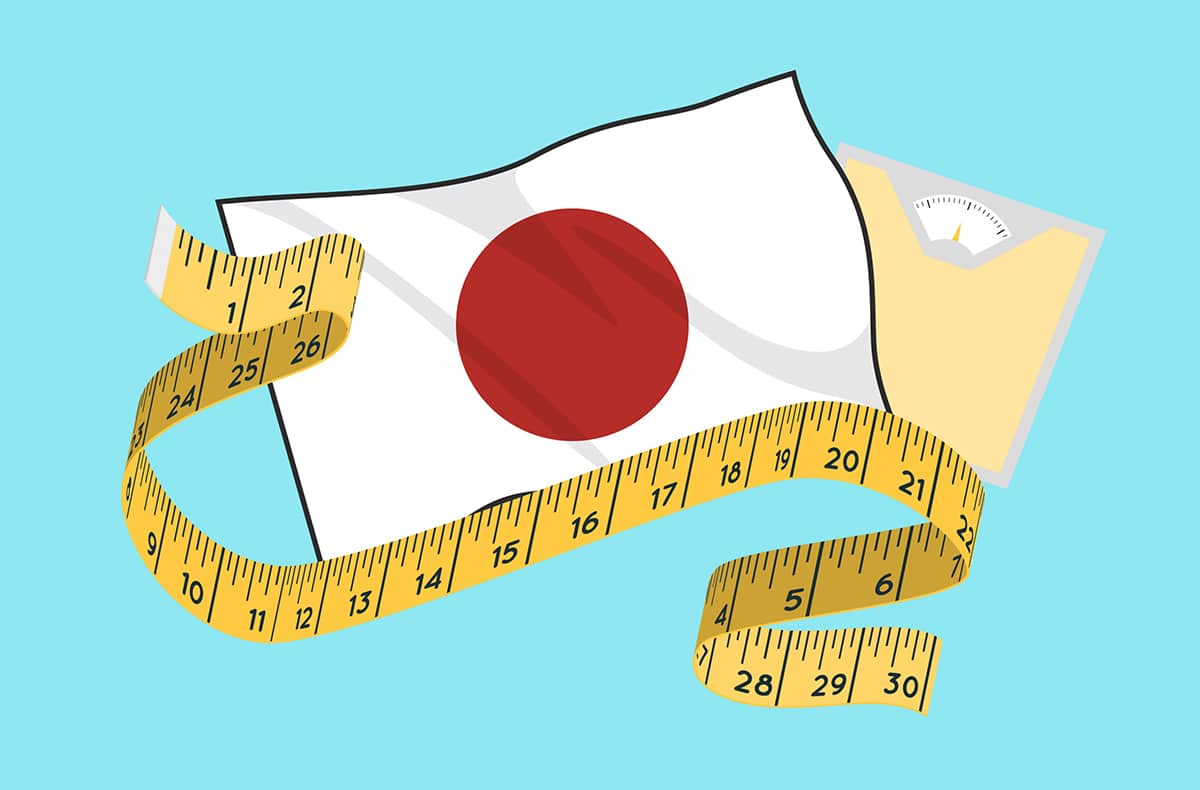
Many people with even a passing interest in Japan will have heard the word hikikomori. Hikikomori, which comes from the verbs “hiku” (withdraw, pull back) and “komoru” (confine, shut away), is the word used in Japanese to describe people who have completely withdrawn from society and confine themselves to their room. That is, hikikomori are social recluses or modern-day hermits. This word, which is used to describe both the condition and its sufferers, has become so widely used that it has actually made the jump from Japanese into English. Hikikomori was included as a new entry in the 2010 update of the Oxford Dictionary of English.
Estimates vary as to the number of hikikomori in Japan. Government surveys conducted in 2015 and 2018 indicate there may be over 1,000,000 people living as hikikomori. A further survey carried out in late 2021 in Edogawa Ward, Tokyo, found that 1 in every 76 residents was living in a state of social withdrawal. However, Saito Tamaki, the psychiatrist who first brought the phenomenon to public attention, believes that these figures are huge underestimates. He claims the real figure is likely to be closer to around 2 million, with the total rising to as high as 10 million in the coming years.
One interesting point about hikikomori is that there appears to be no single cause. While some hikikomori have been diagnosed with personality disorders, developmental disorders or acute mental health issues, others seem to have no specific mental health diagnosis at all. In those cases, social-cultural factors appear to be the main trigger for their social withdrawal. Unlike the US, UK and many other Western societies, Japan is a collectivist culture and places an extremely high value on conformity, group values and harmony. Japanese people, whether they are conscious of it or not, feel huge pressure to conform—from major life decisions to tiny aspects of everyday life such as hairstyle or outfit choice. Any deviance from the social norm can lead to being ostracized by peers, criticized by teachers or parents, or being bullied by classmates or colleagues. People who find it difficult to thrive in such a culture seem to be at increased risk of withdrawing from society.
Another problem recognized by researchers is a combination of Japan’s economic stagnation and the deep-rooted masculinity in its culture. Until the economic bubble burst in the early 1990s, it was fairly easy for a man to get a job for life at a big company and earn enough money to maintain a family. It was expected that a so-called salaryman would be rewarded for his years of service with a comfortable pension. This lifestyle was available to most men even without a university education. However, the end of the bubble period brought instability, unemployment and loss of many working benefits. The pressure on young people—especially men—to get, keep, and do well in a corporate job became immense. The already pressurized education system became even more competitive, with students battling each other to get the best jobs in the best companies after graduating. It is easy to see why socially anxious or sensitive young people might opt out of that kind of society altogether. A drop in confidence and a few empty years on a resume makes it extremely difficult to ease back into society. This is particularly true for men, who feel the societal and parental pressure to live up to the image of the ideal salaryman. It is not surprising that the male to female ratio of hikikomori is thought to be around 3:1. (7)
When the hikikomori phenomenon was first described in the 1990s, it was mainly thought to be a problem affecting younger people. However, thirty years down the line, Japan is facing a new dilemma—the so-called “8050 Problem.” That is, the problem of elderly parents in their 80s living with and supporting hikikomori children in their 50s. Since a large percentage of these adult children never manage to move back into society and gain employment, there is a growing number of small families living on a remaining elderly parent’s meager pension and becoming increasingly isolated from their community—sometimes with devastating effects.
In Sapporo City, in early 2018, an 82-year-old mother and her 52-year-old daughter were found dead in their apartment. Their bodies had been lying there for several weeks before anyone noticed. According to police, both mother and daughter had died from severe malnutrition. The mother had died first and her hikikomori daughter, unable to leave the house, became weaker and weaker before passing away herself. Neither of the women had been in contact with local social services. (8)
In a more gruesome incident in 2021 in Fukuoka City, a 59 year-old man who had been a hikikomori for around 40 years, strangled to death both his elderly parents because caring for them caused him too much stress and “interrupted his anime viewing.” Their bodies were found stored in the refrigerator in the kitchen of their apartment.
Murders involving hikikomori are thankfully extremely rare, but when they do occur, it is not always simply a case of a child killing their parents. In some cases, elderly parents have actually gone as far as killing their reclusive child. In 2019, 76 year-old Hideaki Kumazawa was arrested for the murder of his middle-aged hikikomori son. Kumazawa, a graduate of the prestigious Tokyo University and a former government vice-minister, was worried that his son would become violent after seeing an incident involving a hikikomori on the news. He is said to have stabbed his son after an argument about noise coming from a neighborhood school.
Despite these incidents, it is important to understand that the vast majority of hikikomori are not violent or dangerous to the general public. Most avoid contact with other people out of fear of being hurt or further damaged themselves. However, the aging of hikikomori is becoming a social problem because the burden of care within the family starts to shift from the parent taking care of the child to the child having to take on the nursing care of an elderly parent. With the child often out of work for years, if not decades, these families are often under financial strain. In some cases, the stress caused by the change in relationship can result in domestic violence, or in the worst cases murder. In others, the family is pushed into poverty, leading to lonely deaths of both parent and child at home.
Although help for these families is available, elderly parents sometimes feel unable to reach out for advice and assistance due to pride or embarrassment while hikikomori adult children are often extremely reluctant to leave their homes and talk to doctors or welfare services. The challenge for local authorities in Japan is to identify those families in need of help, encourage them to make contact with medical staff or social workers and give practical and financial assistance before the “8050” problem evolves into a “9060” catastrophe.


